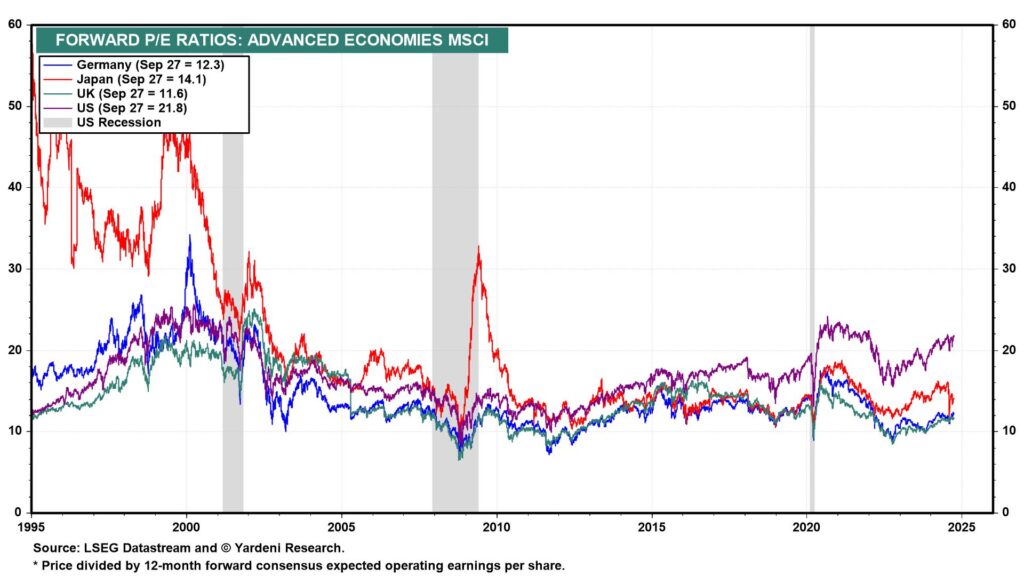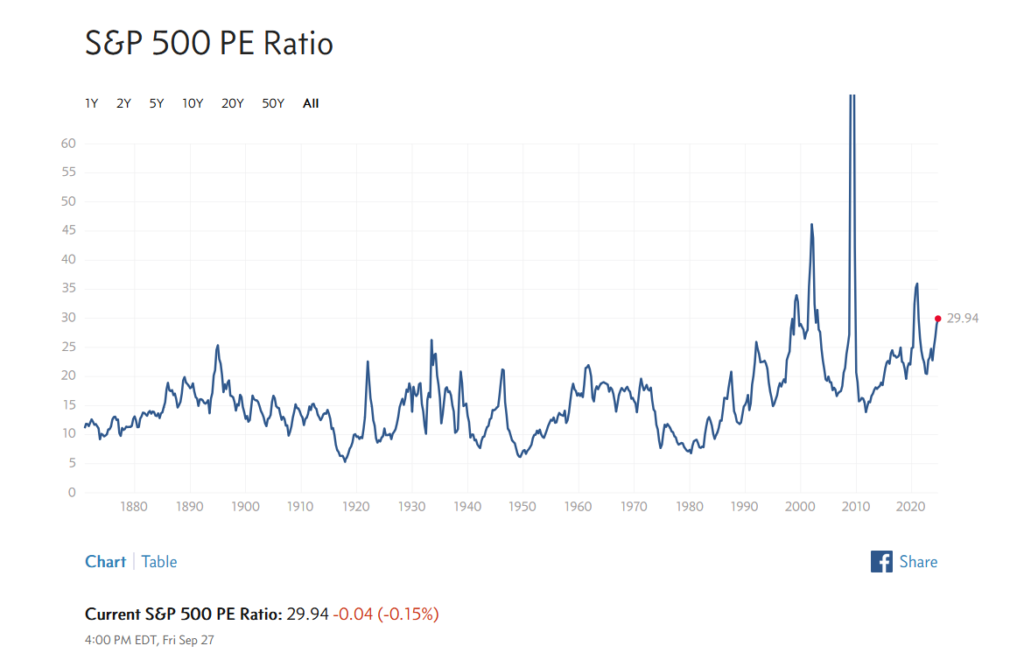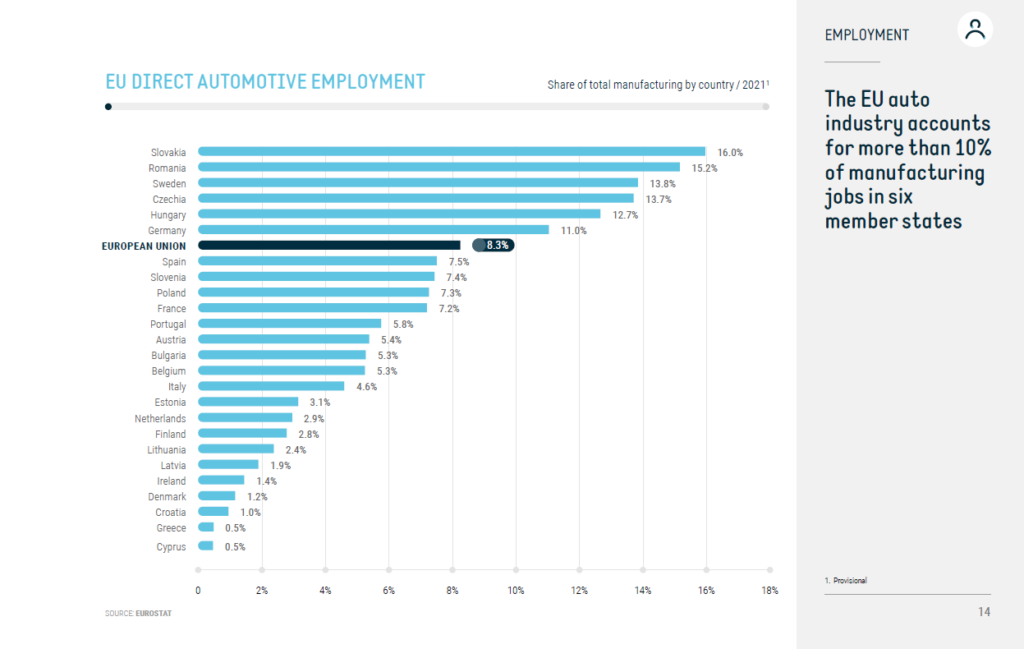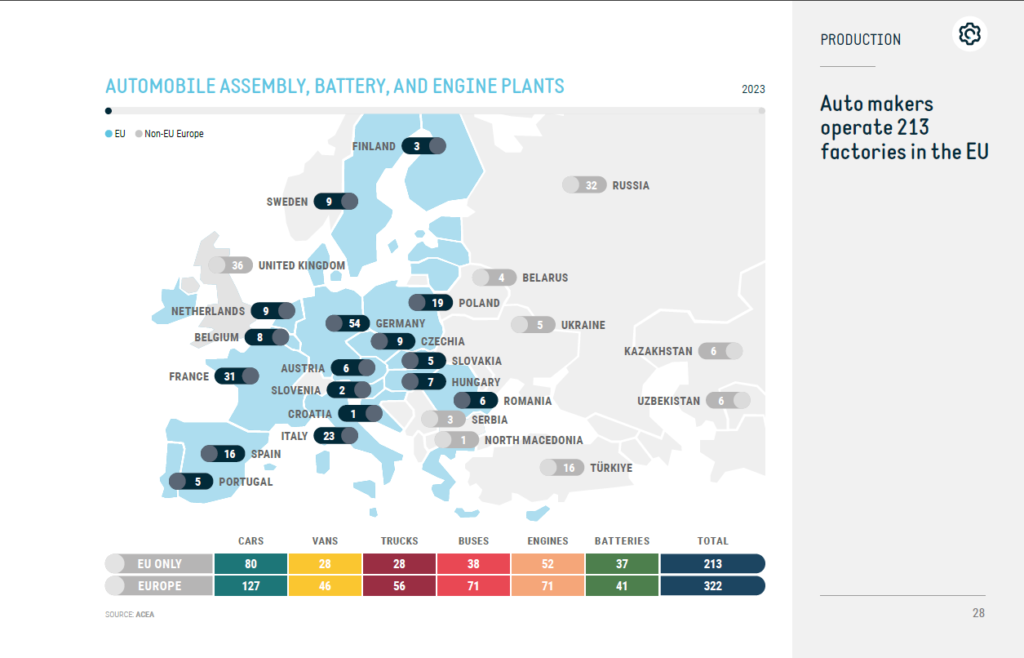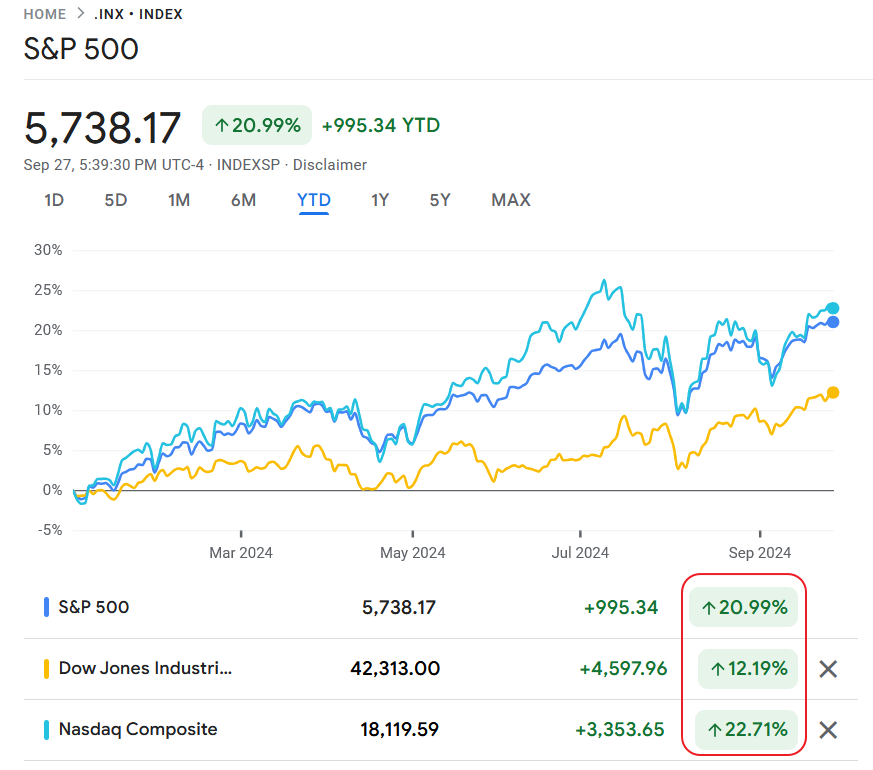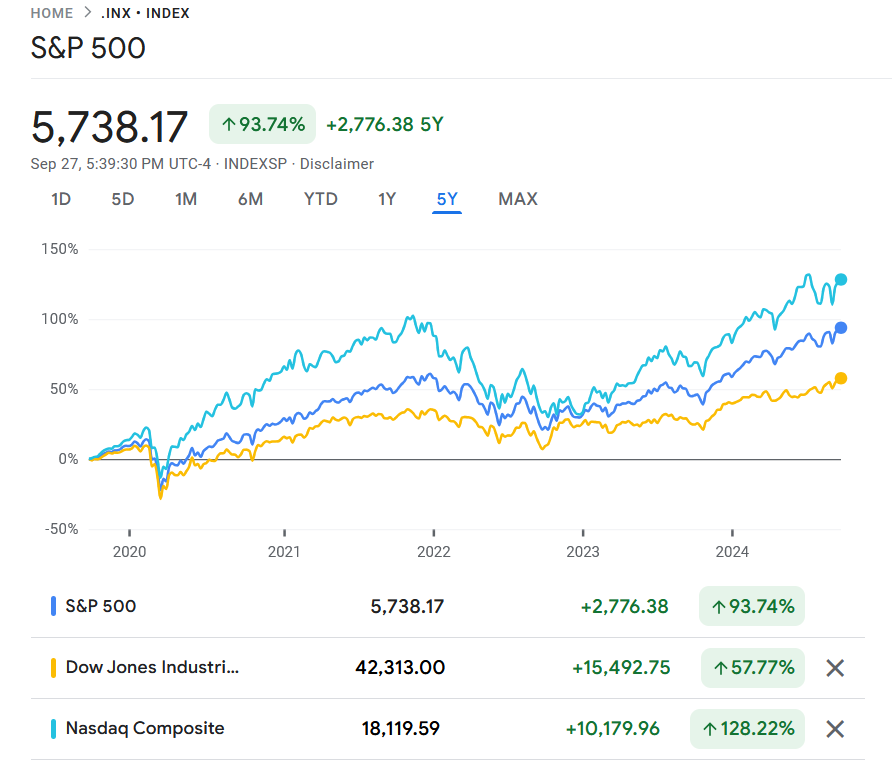Apple Vision Pro is a wearable headset made by Apple (AAPL) that costs nearly $4,000. In this chart post, let’s take a quick look at the some of the key suppliers for the chips that are in this device. Last year, when Apple’s iPhone 15 came out I wrote a post on the key suppliers for that phone and it was well received.
The Key Chip Suppliers for Apple Vision Pro:
Click to enlarge

Source: The Suppliers Making the iPhone Possible, Quartr
Referenced Companies:
- Texas Instruments (TXN)
- Cirrus Logic (CRUS)
- Lattice Semiconductor (LSCC)
- ON Semiconductor (ON)
- Analog Devices (ADI)
- Diodes Incorporated (DIOD)
Disclosure: No positions


